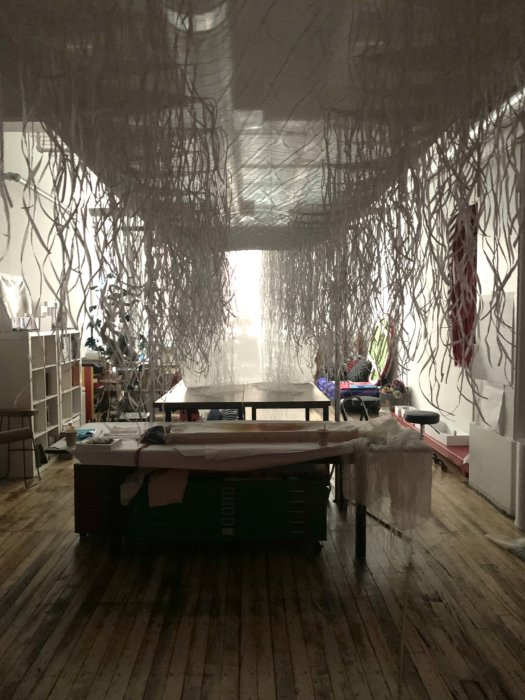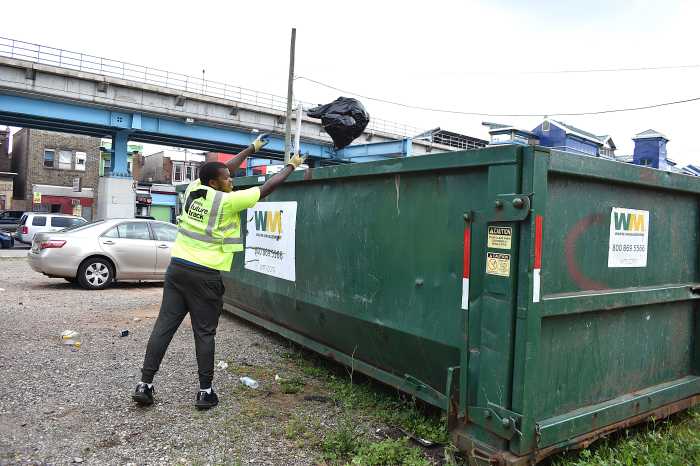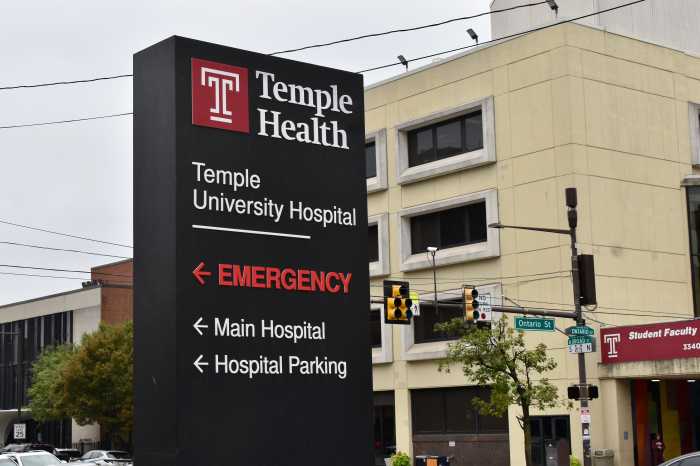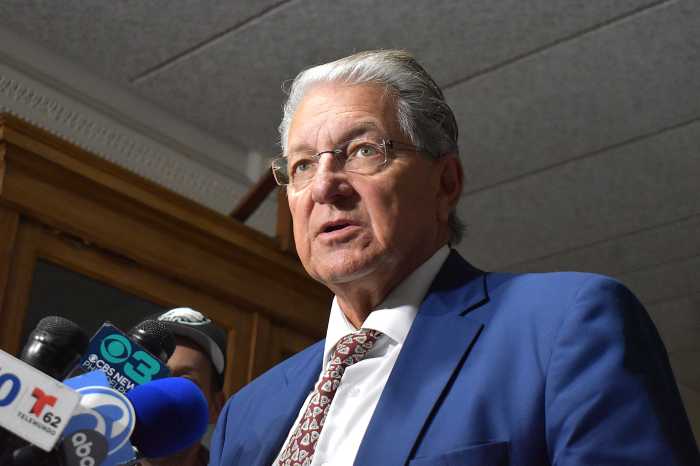When William Way LGBT Community Center holds its public memorial service on June 25 for locals lost to the HIV/AIDS pandemic going back to the early 1980s, it will be the culmination of Philly Gay Pride Month’s tribute to those who have passed.
William Way’s ‘Remembrance‘ is an alternative memorial for Philadelphians lost during to the HIV/AIDS crisis. It incorporates various components, including an exhibition, ‘Gone and For Ever,’ where Philadelphia artist Alex Stadler and William Way’s Executive Director Chris Bartlett collaborate for an artist-created funeral meant to honor individuals abandoned in their dying or death. To this end, Stadler crafted art forms associated with the varied traditions of memorialization—elegies, shrouds, mourning and processional costume and most importantly, funeral urns.

Also part of ‘Gone and For Ever’ is an archive of oral histories from the early ‘80s and an original play inspired by them.
“Remembrance was inspired by Ron Piselli, a South Philly funeral home operator who insisted that the many people who died from HIV be given a proper funeral at a time when other funeral homes turned away the families and friends of those folks,” states Bartlett. “Ron’s career is a testament to the power of a funeral director to aid in the transition from elder to ancestor—and to help communities fully heal after great losses. Ron was part of a network of caring individuals, including pastors, nurses, social workers, and activists—who fought for humane treatment of people living with HIV at the end of their lives. We honor and acknowledge their work through these rituals.”
When Stadler heard about Piselli’s brave and bold deeds during the AIDS epidemic, he was moved to create the ‘Gone and For Ever’ piece. Inspired by existential science-fiction films such as ‘Blade Runner’ and ‘The Fifth Element,’ Stadler began co-creating an exhibition where all of its parts are interconnected to build into one big idea, a crescendo of sorts.
“The art direction was so encompassing, from the music to the set, costumes, and different artistic elements which immerse you in their world,” says the artist. “Like we have a plastic robe in the procession, which is a reference to the plastic rain coat in ‘Blade Runner’. I’m also very interested in people, their stories, and their particularities – all of which influenced the exhibition as I was thinking about what they were like in their daily lives, each one that we talk about were whole beings. It’s not just great numbers of people who vanished — they each contributed to their own walk of life.”

For ‘Gone and For Ever’, currently on display at Spruce Street’s William Way, Stadler commissioned works from a diverse group of artists, including composer Kinan Abou-afach, sculptor/textile artist Liz Collins, and costumers Claire Fleury and The Henry, with ceramic funeral urns by Stadler himself. Work from writers Melvin Dixon, Christopher Coe and Reinaldo Arenas, all of whom passed during the 80s’ pandemic, will bring voices from that moment.
“I’m so moved by the artistic work completed by Alex Stadler, Ain Gordon, Waheedah Shabazz-El, and others who, over the past years, have given deep thought into how to fully remember and fully mourn our losses,” says Bartlett. “I was particularly moved by Alex’s artistic reckoning… in his beautiful funeral urns, and the shrouds, armor, and robe created by other wonderful artists… I believe that art and artifacts are key tools in helping communities heal.
“’Gone and For Ever’ is a small repair to the social fabric of the past,” wrote Stadler. “Although this project was conceived pre-COVID, the current pandemic underscores the need for compassion when a society is confronting widespread illness, including the continuing impact of AIDS.”
Bartlett goes on to point out that the Remembrance program at William Way serves as a model for communities to process their under-mourned losses, revisit the loss of people who made powerful contributions to our communities.
“Whether this is loss from COVID, or gun violence, or cancer, we need to build stronger rituals to ensure that our ancestors are fully mourned and incorporated into the history and traditions of our communities.”
The ‘Gone and For Ever’ exhibition culminates in a public memorial on June 25 at 3 p.m. The ceremony will be held inside the Center and requires registration in advance, vaccination card checks, and masking. The ceremony will be available via livestream. Following the musical and spoken ceremony at the Center, the audience can join a street procession, with the urns carried to The Church of Saint Luke & The Epiphany, where there will be blessings over the memories of these people by a multi-denominational group of faith leaders. The procession is open to all, starting at approximately 3:45 p.m. Stadler and the Center also invite submissions of names for inclusion in the memorial procession. Names can be submitted through Instagram at @alexstadlerartwork. Stadler will hand-write all submitted names on slips of paper, which will be burned and the ashes carried in the urns.
If ever there was a way to memorialize and celebrate those we have lost, ‘Gone and For Ever’ is a most loving remembrance.





























